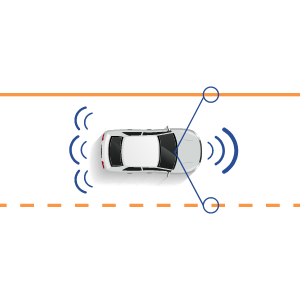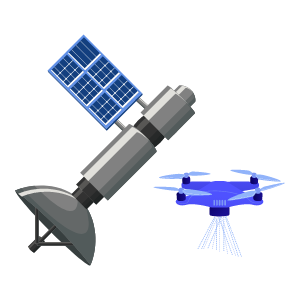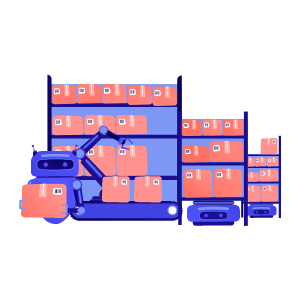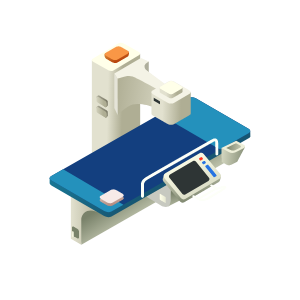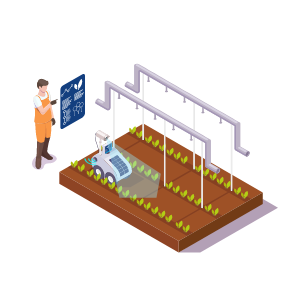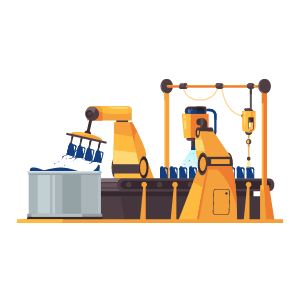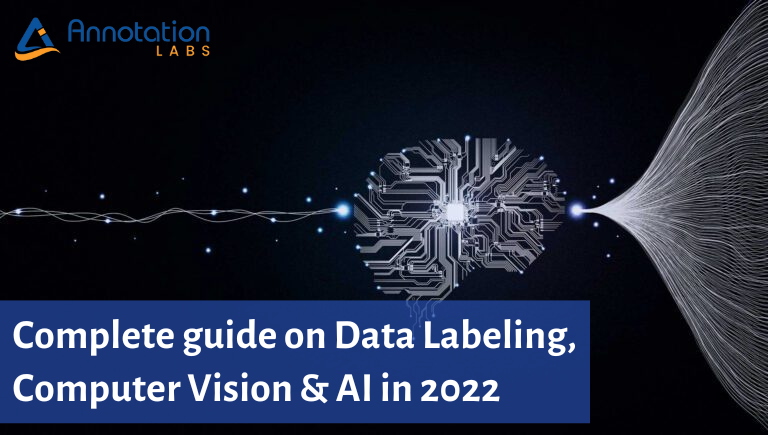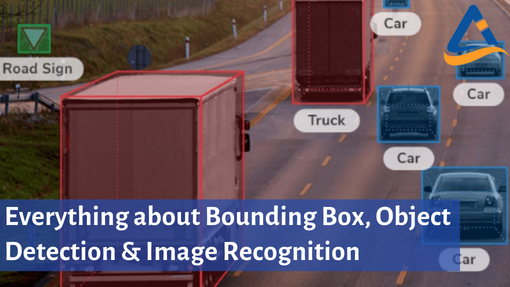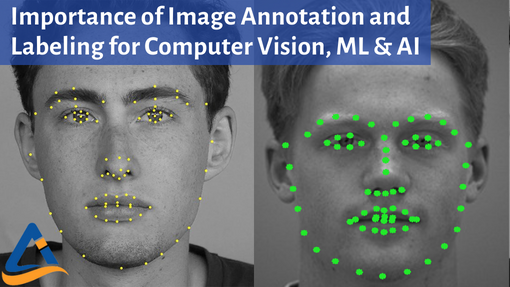Image Polygonal Annotation Services for training data
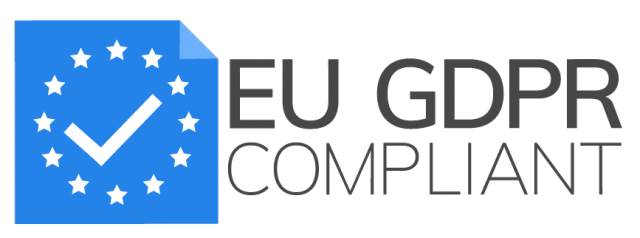
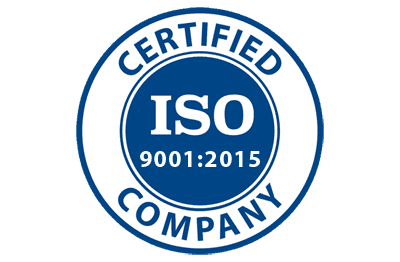
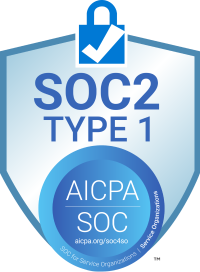

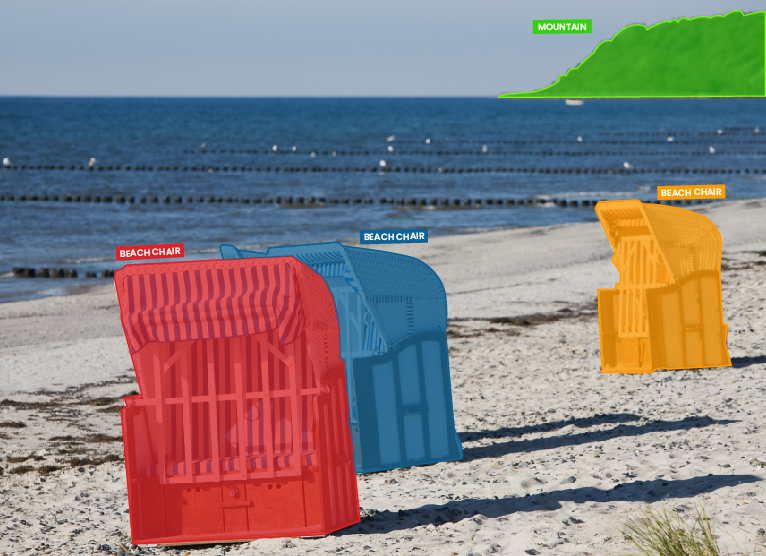
What is polygonal annotation tool?
Polygon Annotation produces superior annotation for more complex and irregular objects and images such as trees and asymmetrical objects and shapes. With clear edge-to-edge labeling, polygon annotation significantly increases accuracy of labelling data, crucial for the Computer Vision Models.
What are the uses of polygon annotation tool?
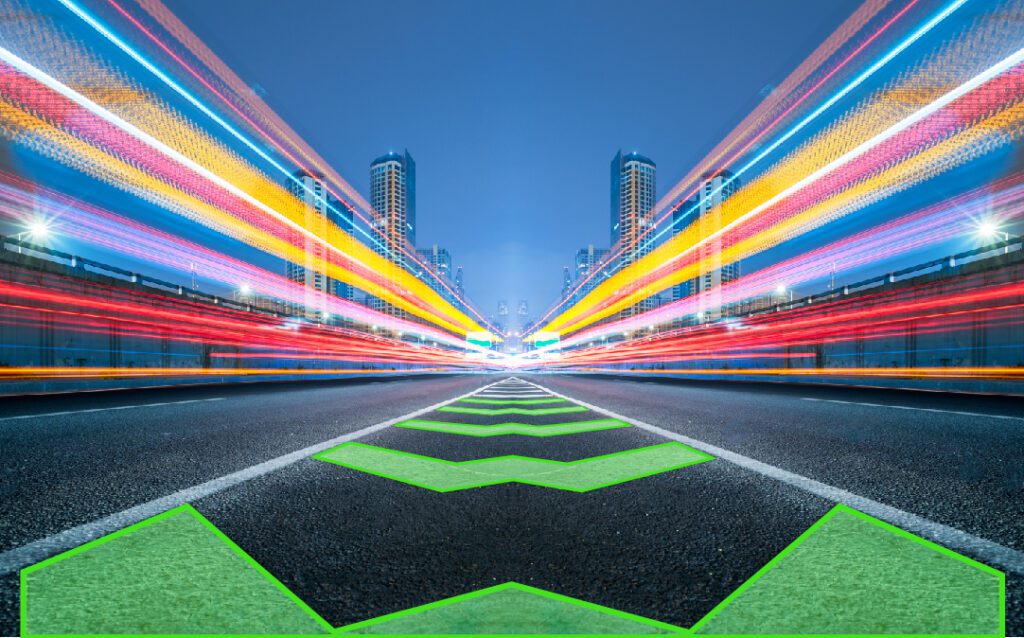
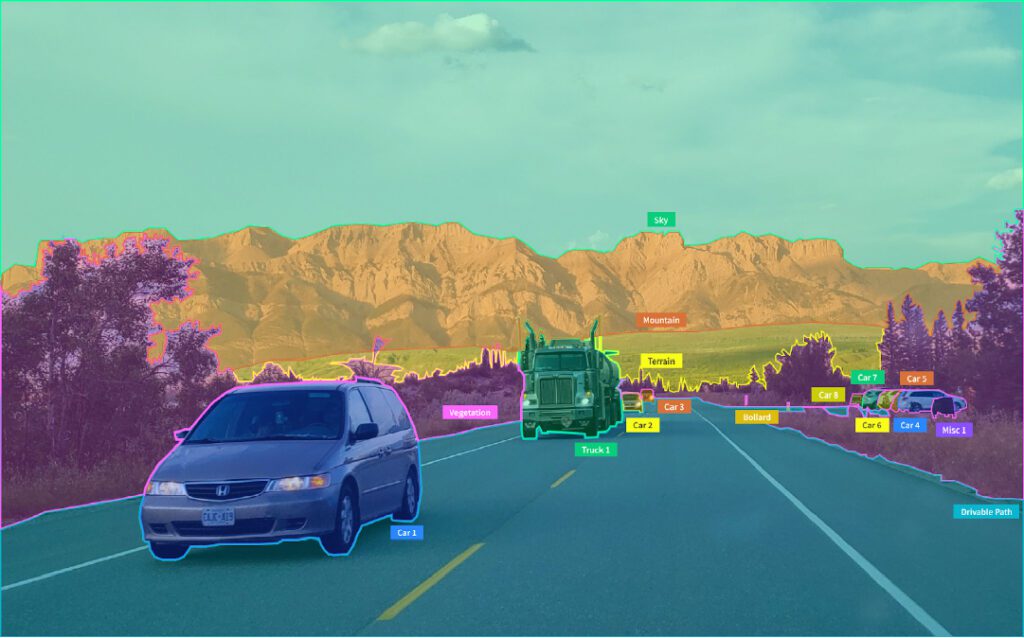
Polygon annotation of irregular shapes and objects

Polygon annotation with semantic segmentation & instance segmentation
Polygon annotation for higher accuracy than bounding boxes
Bounding boxes are simple and easy annotation solutions, but they lack precision, especially for long, irregular objects or diagonal objects.
In some cases, using a bounding box may cause the AI & ML Model to ignore essential details. Polygon annotation is much more complex but offers a high level of precision, accuracy and object detection so the AI Algorithm knows the exact boundaries of the objects.
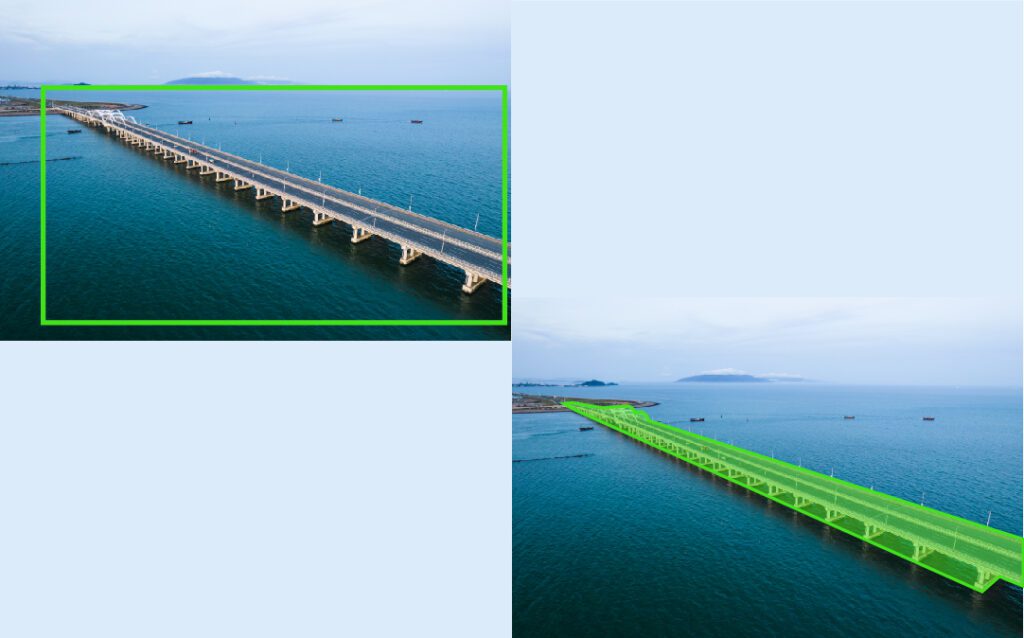
Polygonal annotations are used across Industries
We carefully analyze your requirements and provide high quality data solutions to enhance your AI Models
Our beliefs behind each annotations

Data Security & Privacy

Fast Delivery with High Accuracy

Cost Effective Pricing

Scalable Solution by Experts
- We are EU-GDPR compliant and SOC 2 Type 1 organization. Data security & privacy is non-negotiable for us
- Our scalable annotation solutions are driven by specialists with years of experience in AI & ML
- We deliver fast and achieve 95%+ accuracy in our annotations
- We aim to achieve highest client satisfaction while providing low cost annotation and fostering longterm relations
The process begins by preparing your dataset. The next step is to specify the labels for each class of objects that you need to detect. After that, the next step is to label the objects of interest using any annotation techniques depending on the use case and then label the objects using the earlier defined class labels. Continue the process until all objects of interest have been properly labeled and assigned class names.
Image recognition works by using computer neural networks. The neural networks are trained to use different layers of templates to identify simple objects such as curves, dots, and lines. In an image, the neural networks check the lines, dots, and curves and use the information to determine if these features form a more complicated object, such as a human face, building, etc.

